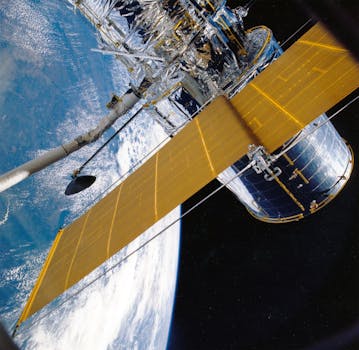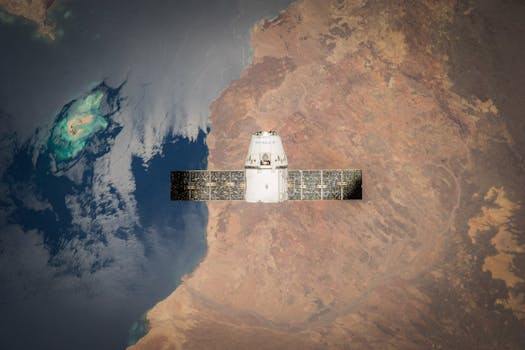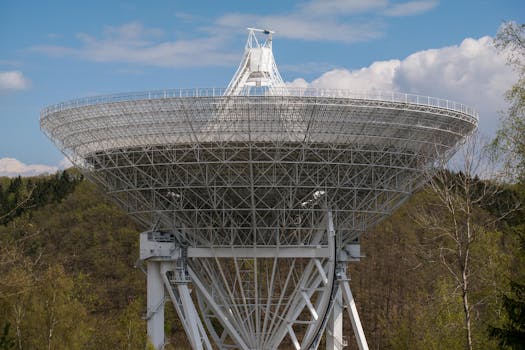Beyond Earth: How Recent Advances Are Shaping Satellite Telecommunications

Beyond Earth: How Recent Advances Are Shaping Satellite Telecommunications
Satellite telecommunications have come a long way since the launch of the first commercial satellite, Intelsat 1, in 1965. Recent advances in technology have transformed the industry, enabling faster, more reliable, and more efficient communication beyond Earth’s surface. Beyond Earth: How Recent Advances Are Shaping Satellite Telecommunications is an exciting topic that has gained significant attention in recent years. The focus keyword Beyond Earth: How Recent Advances Are Shaping Satellite Telecommunications is a critical aspect of this article, as it highlights the importance of recent advances in satellite telecommunications.
Introduction to Satellite Telecommunications

Satellite telecommunications involve the use of satellites to transmit and receive data, voice, and video signals. Satellites in orbit around the Earth receive signals from earth stations, amplify them, and re-transmit them back to other earth stations or to other satellites. This technology has revolutionized global communication, enabling people to stay connected across vast distances.
Recent Advances in Satellite Telecommunications

Several recent advances have shaped the satellite telecommunications industry. One significant development is the launch of high-throughput satellites (HTS), which offer faster data speeds and greater capacity than traditional satellites. HTS use multiple spot beams to focus their signals on specific areas, increasing efficiency and reducing interference. Another important advance is the introduction of satellite constellations, which involve launching multiple small satellites into low Earth orbit (LEO) to provide global coverage. These constellations, such as those developed by OneWeb and SpaceX, aim to offer low-latency, high-speed internet connectivity to underserved communities.
Impact of Recent Advances on the Industry

The recent advances in satellite telecommunications have had a significant impact on the industry. With the launch of HTS and satellite constellations, the cost of satellite communications has decreased, making it more accessible to a wider range of users. This has led to an increase in demand for satellite-based services, such as broadband internet, mobile connectivity, and broadcast services. Furthermore, the improved capabilities of satellites have enabled new applications, such as Earth observation, navigation, and remote sensing.
Conclusion and Future Outlook

In conclusion, recent advances in satellite telecommunications have transformed the industry, enabling faster, more reliable, and more efficient communication beyond Earth’s surface. As technology continues to evolve, we can expect even more exciting developments in the field of satellite telecommunications. With the increasing demand for satellite-based services and the ongoing investment in new technologies, the future of satellite telecommunications looks bright.
See more:





